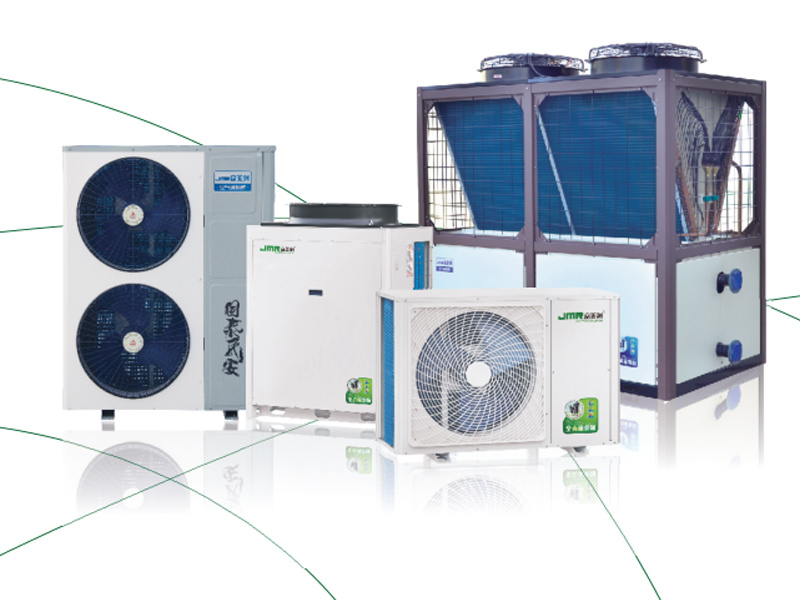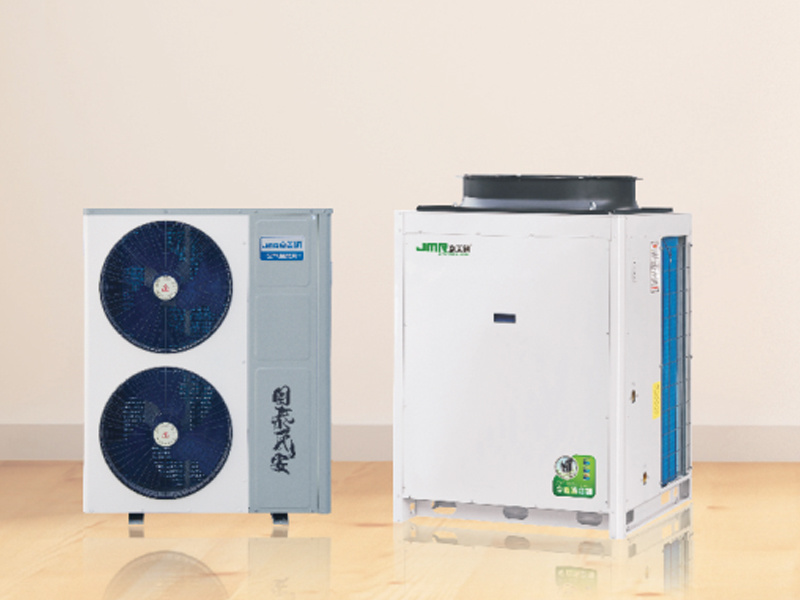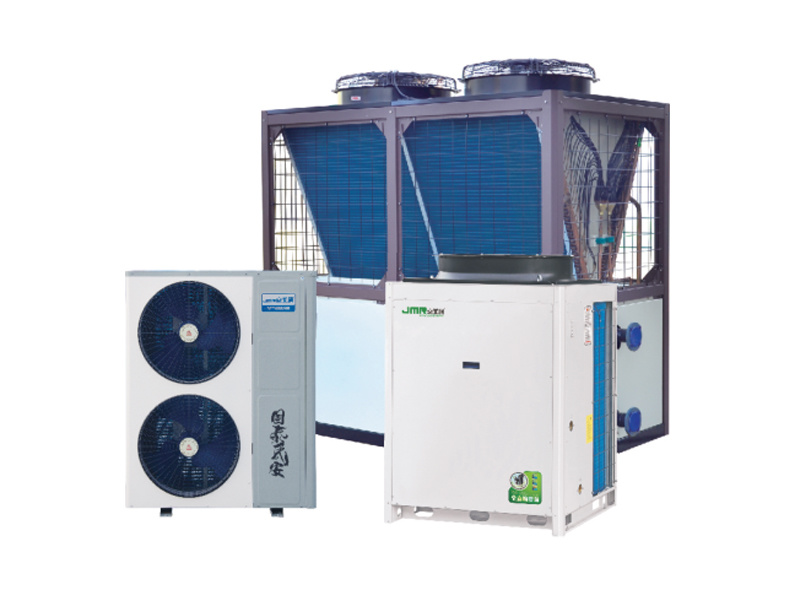Unlocking the Advantages of Low Ambient Heat Pumps: A Solution for Modern Heating Needs
Release Time:
Jul 02,2025
Understanding the Benefits of Low Ambient Heat Pumps in Today's Climate Table of Contents What are Low Ambient Heat Pumps? How Do Low Ambient Heat Pumps Work? Key Advantages of Low Ambient Heat Pumps Energy Efficiency Environmental Impact Cost-Effectiveness Applications of Low Ambient Heat Pumps Comparing Low Ambient H
Understanding the Benefits of Low Ambient Heat Pumps in Today's Climate
Table of Contents
- What are Low Ambient Heat Pumps?
- How Do Low Ambient Heat Pumps Work?
- Key Advantages of Low Ambient Heat Pumps
- Applications of Low Ambient Heat Pumps
- Comparing Low Ambient Heat Pumps with Traditional Heating Systems
- Maintenance and Lifespan of Low Ambient Heat Pumps
- The Future of Low Ambient Heat Pumps
- Frequently Asked Questions
What are Low Ambient Heat Pumps?
Low ambient heat pumps, often referred to as air-to-air or air-to-water heat pumps, are advanced heating systems designed to operate efficiently even in lower outside temperatures. Unlike traditional heating systems that rely heavily on fossil fuels, low ambient heat pumps utilize the ambient air to extract heat, making them an increasingly popular choice in residential and commercial settings.
These systems are particularly beneficial in regions where the temperatures can dip significantly during winter months. With advancements in technology, many low ambient heat pumps can operate effectively even when temperatures are as low as -15°C (5°F), ensuring consistent warmth without the hefty energy bills associated with conventional heating methods.
How Do Low Ambient Heat Pumps Work?
The operation of a low ambient heat pump is based on the principles of thermodynamics, specifically the refrigeration cycle. Here’s a simplified breakdown of how these systems function:
1. **Heat Absorption**: The heat pump consists of an outdoor unit equipped with a refrigerant that absorbs heat from the ambient air, even in cold conditions.
2. **Compression**: The absorbed heat is then compressed, which raises its temperature. This process is facilitated by a compressor.
3. **Heat Transfer**: The high-temperature refrigerant is piped into the indoor unit, where it releases heat into the living space through a heat exchanger.
4. **Cycle Repeats**: Once the refrigerant releases its heat, it returns to the outdoor unit to absorb more heat, completing the cycle.
This process allows low ambient heat pumps to generate up to three times more heat energy than the electrical energy they consume, making them a highly efficient heating solution.
Key Advantages of Low Ambient Heat Pumps
Low ambient heat pumps come with a variety of advantages that make them an attractive option for modern heating needs.
Energy Efficiency
One of the most significant benefits of low ambient heat pumps is their energy efficiency. By utilizing ambient air as a heat source, these systems can deliver 3 to 4 units of heat for every unit of electricity consumed. This results in lower energy costs and reduced reliance on fossil fuels.
Furthermore, their ability to maintain efficiency in low temperatures is remarkable. Many models are designed to optimize performance even when the outdoor temperature drops, ensuring that energy consumption remains low throughout the heating season.
Environmental Impact
As the world becomes increasingly aware of climate change, the environmental impact of heating solutions is a critical consideration. Low ambient heat pumps produce fewer carbon emissions compared to traditional heating systems, especially those that rely on oil or natural gas.
By switching to a low ambient heat pump, homeowners can significantly reduce their carbon footprint, contributing to a more sustainable future. Additionally, when powered by renewable energy sources, the environmental benefits are even more pronounced.
Cost-Effectiveness
While the initial investment in a low ambient heat pump may be higher than that of conventional systems, the long-term savings on energy bills can be substantial. The efficiency of these heat pumps translates into lower monthly utility costs, often making them more cost-effective over their lifespan.
Moreover, many regions offer incentives and rebates for installing energy-efficient systems, further alleviating the upfront costs. Over time, the cost savings on energy bills can help recover the initial investment, making low ambient heat pumps a financially sound choice.
Applications of Low Ambient Heat Pumps
Low ambient heat pumps are versatile and suitable for various applications, including:
- **Residential Heating**: Ideal for homeowners looking to reduce energy bills while maintaining comfortable indoor temperatures.
- **Commercial Spaces**: Businesses can benefit from the energy savings and environmental impact, making low ambient heat pumps a sound investment for office buildings and retail spaces.
- **Hydronic Systems**: These heat pumps can be used in radiant floor heating systems, providing efficient warmth throughout a space.
- **Pool Heating**: Low ambient heat pumps can also be employed to heat swimming pools, extending the swimming season even in cooler climates.
The adaptability of these systems makes them suitable for numerous settings, ensuring that users can enjoy their benefits regardless of location.
Comparing Low Ambient Heat Pumps with Traditional Heating Systems
When evaluating heating options, it's essential to compare low ambient heat pumps with traditional systems such as gas or electric heaters. Here’s how they stack up:
| Feature | Low Ambient Heat Pumps | Traditional Heating Systems |
|--------------------------|------------------------|-----------------------------|
| **Energy Efficiency** | 300-400% | 80-95% |
| **Environmental Impact** | Lower emissions | Higher emissions |
| **Initial Cost** | Higher upfront cost | Lower upfront cost |
| **Operating Cost** | Lower | Higher |
| **Maintenance Needs** | Moderate | Varies |
This comparison highlights the long-term benefits of low ambient heat pumps, particularly in terms of efficiency and environmental impact.
Maintenance and Lifespan of Low Ambient Heat Pumps
Low ambient heat pumps generally require moderate maintenance to ensure optimal performance. Regular checks, including cleaning filters and inspecting outdoor units, can prolong the lifespan of the system. Typically, these heat pumps can last between 15 to 25 years, depending on usage and maintenance practices.
Investing in a professional installation is crucial for maximizing the lifespan and efficiency of the heat pump. Additionally, homeowners should consider annual servicing to catch potential issues early, ensuring that the system operates smoothly throughout its life.
The Future of Low Ambient Heat Pumps
As technology continues to evolve, the future of low ambient heat pumps looks promising. With ongoing innovations in energy efficiency, performance, and smart technology integration, these systems are set to become even more effective and user-friendly.
Emerging technologies may include enhanced refrigerants that further reduce environmental impacts and smart home integration capabilities that allow users to control their heating systems remotely. As awareness of climate change grows, it is likely that low ambient heat pumps will see increased adoption, making them a staple in modern heating solutions.
Frequently Asked Questions
1. What is the ideal temperature range for low ambient heat pumps?
Low ambient heat pumps can operate efficiently in temperatures as low as -15°C (5°F), making them suitable for most winter conditions.
2. Are low ambient heat pumps suitable for all climates?
Yes, low ambient heat pumps can be adapted for different climates, but performance may vary based on local temperature extremes.
3. How much can I save on energy bills with a low ambient heat pump?
Savings vary, but many homeowners report reductions of up to 50% in heating costs compared to traditional systems.
4. Do low ambient heat pumps require a lot of maintenance?
Maintenance needs are moderate, typically requiring annual inspections and filter cleaning to ensure efficiency.
5. Can low ambient heat pumps be combined with other heating systems?
Yes, they can be used in tandem with other heating systems, providing additional efficiency and comfort.
Conclusion
Low ambient heat pumps present a compelling solution for modern heating needs, offering energy efficiency, cost-effectiveness, and a reduced environmental footprint. As we navigate increasingly unpredictable climate conditions, these systems not only provide reliable warmth but also align with a more sustainable future. With their versatility and growing popularity, low ambient heat pumps are poised to become an essential component of our heating landscape, ensuring comfort and efficiency in homes and businesses alike.
Key words:
What Else Might You Learn?






